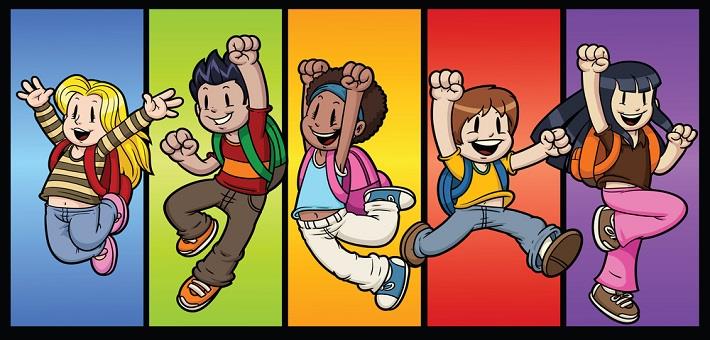
The Representation of Female and Male Characters on TV Networks
Watching TV still plays an important role in children’s lives. Children can choose from a wide range of different TV shows on TV networks such as Disney Channel, Nickelodeon and Cartoon Network. With the increasing options of children’s TV shows, researchers are increasingly interested in the effect of TV on gender stereotyped behaviors. According to a study in Journal of Children and Media there are relatively few differences in gender stereotyped behaviors between female and male characters on TV networks.
Take aways
- Female and male TV characters are similar to each other in terms of gender stereotyped behaviors across TV networks.
- Interestingly, female characters show more masculine behaviors (e.g., aggression), while male characters do not display feminine behaviors (e.g., affectionate and emotional).
- Female and male characters on Cartoon Network display more masculine behaviors than those on Disney Channel and Nickelodeon.
- For parents and caretakers it is important to know that TV networks inspire girls to pursue masculine behaviors, while boys are not encouraged to pursue feminine behaviors.
Study information
The question?
Are female and male characters represented differently on Disney Channel, Cartoon Network, and Nickelodeon?
Who?
A total of 19 shows on Cartoon Network (e.g., Teen Titans and Transformers), 12 shows on Disney (e.g., Hannah Montana and Kim Possible), and 8 shows on Nickelodeon (e.g., Jimmy Neutron and SpongeBob SquarePants) were coded. Only one episode of each program was coded.
Where?
United States
How?
All TV characters were coded for gender, physical aggression (i.e., any physical act intended to harm another person or animal), verbal aggression, helping behavior (i.e., intentionally helping someone or sharing with them), affectionate, emotional, rescuing another character, being in danger, comic role, authority role, and focusing on appearance (i.e., comments or acts in a way that reflects focusing on appearance).
Facts and findings
- All three TV networks showed more male characters than female characters; with Cartoon Network (male target audience) having the highest percentage (74%) male characters and Disney Channel (female target audience) having the lowest (56%).
- Male characters on Cartoon Network displayed more physical aggression, being in danger, and rescuing other characters compared to male characters on Disney Channel and Nickelodeon.
- Female characters on Disney Channel and Nickelodeon were more affectionate than female characters on Cartoon Network.
- Contrary to stereotypes, female characters on Cartoon Network and Nickelodeon displayed more physical aggression than those on Disney Channel.
- Male characters on Nickelodeon and Disney Channel focused more on their appearance than those on Cartoon Network.
- Disney Channel was more likely to display female characters in comic roles than Nickelodeon and Cartoon Network.
- Fun fact: Male characters were more likely to be represented as non-human characters (e.g., monsters and superheroes) compared to female characters.